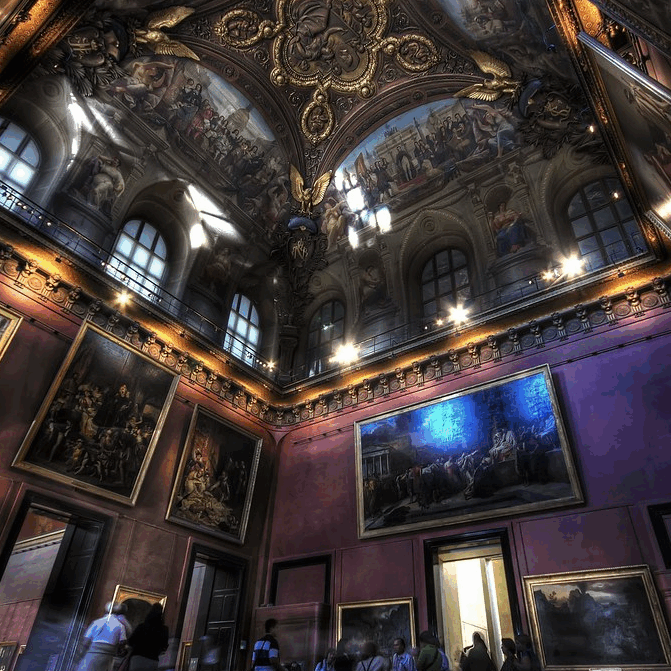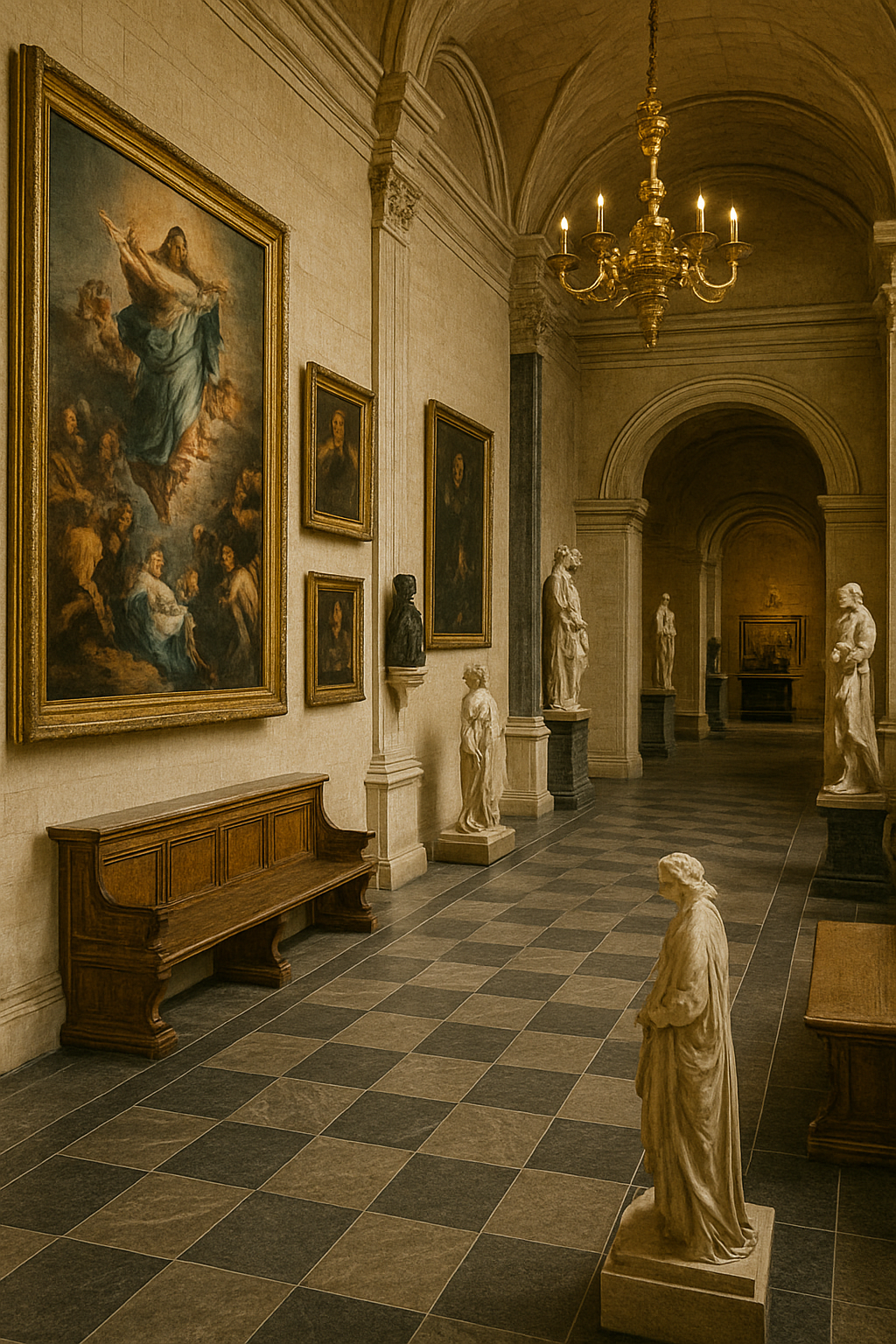Beyond the grand halls of Europe’s national museums lies a parallel art world — one that thrives in small studios, warehouse galleries, and repurposed storefronts. This is the realm of emerging artists and independent spaces: where experimentation is encouraged, boundaries are fluid, and the future of contemporary art is being shaped in real time.
In Berlin, a city synonymous with artistic freedom, the independent gallery scene is remarkably vibrant. Districts like Neukölln and Wedding are packed with project spaces that often run on minimal budgets but host some of the most provocative and innovative exhibitions in the city. Places like Galerie Wedding and nGbK (neue Gesellschaft für bildende Kunst) focus on political and socially engaged works, while Künstlerhaus Bethanien offers international residencies that connect young artists from around the world.
Paris, long a magnet for the avant-garde, continues to support its younger generation through initiatives like DOC!, an artist-run space in a former school building, and La Générale, a multidisciplinary collective. These venues prioritize community, process, and experimentation over commercialism, often providing free public access to works-in-progress, performances, and installations.
In Madrid, Espacio Oculto and El Matadero Madrid offer platforms for rising talent. The latter, housed in a converted slaughterhouse, supports artists through open calls, collaborative labs, and a residency program focused on sustainability and urban engagement. The space has become a cultural landmark where architecture, art, and activism intersect.
Amsterdam‘s De Appel and W139 are pioneers in championing unconventional practices. These institutions often host long-form exhibitions, where young curators and artists co-create thematic projects over months. The results are raw, honest, and often challenge the viewer’s expectations of what art can be.
In Lisbon, the art scene has exploded in recent years, and emerging talent is at the center of it. Galeria Zé dos Bois and Hangar are just two of the many spaces that nurture experimentation, cultural exchange, and new narratives in contemporary practice. International artists are frequently invited to contribute, creating a rich mix of local and global perspectives.
What makes these galleries unique is their independence — both in funding and in vision. Free from institutional constraints, they often serve as incubators for ideas that are too risky, niche, or challenging for larger museums. They also provide critical support systems for artists in the early stages of their careers, offering mentorship, exposure, and the space to fail and grow.
Visitors to these spaces often find a level of intimacy and authenticity that is rare in larger institutions. You might meet the artist at the door, see unfinished work on the wall, or attend a talk where creative struggles are shared openly. These experiences foster connection — between artist and audience, between process and product.
For travelers eager to engage with art on a deeper level, independent galleries offer a front-row seat to creativity in motion. They reveal not only where art has been, but where it’s headed next.

